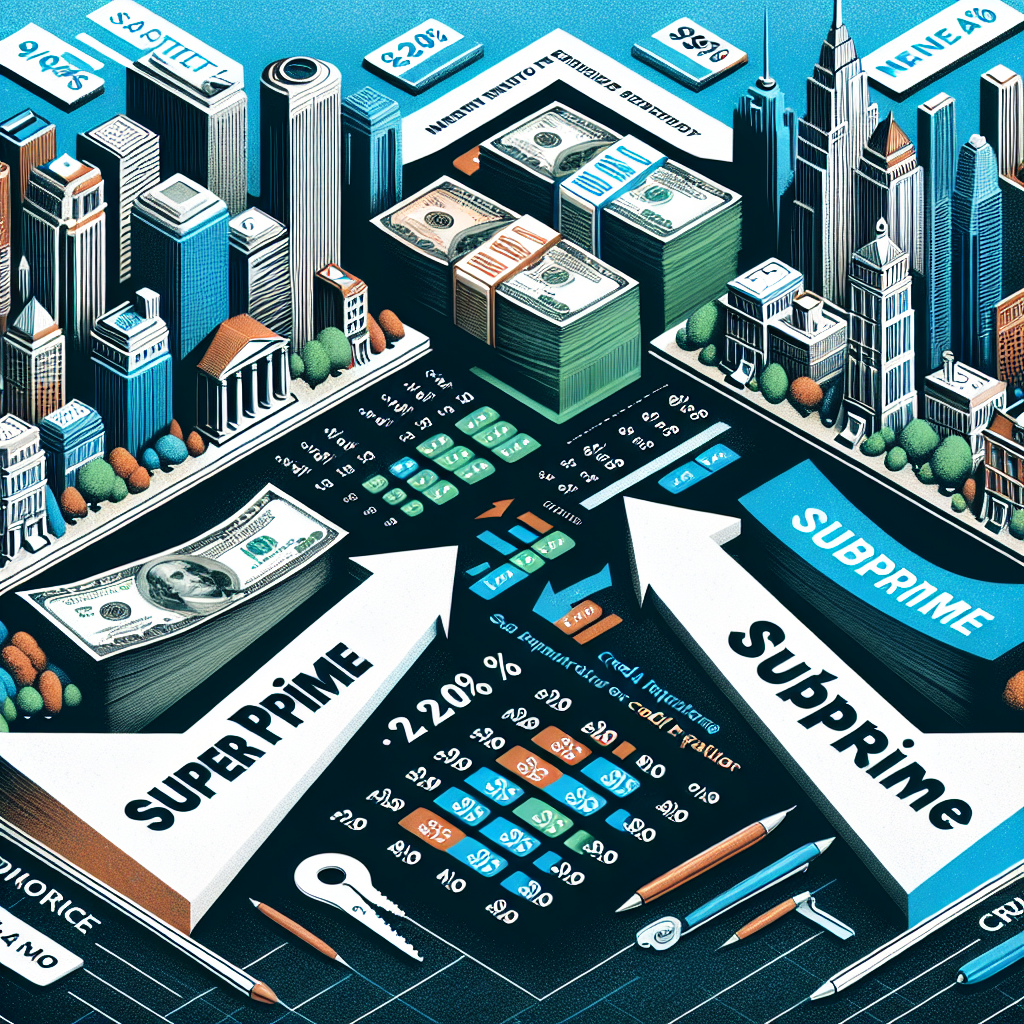On Monday, November 3, the U.S. credit rating agency TransUnion released its latest report showing that American consumers’ credit situations are developing towards two extremes: super prime credit rating and subprime credit rating. The proportion of borrowers in these two categories is rising simultaneously, reflecting a “K-shaped” structure in the personal credit market.
According to the report, the percentage of low-risk super prime borrowers with credit scores ranging from 781 to 850 has steadily increased from 37.1% in the third quarter of 2019 to 40.9% in the third quarter of this year. At the same time, the percentage of high-risk subprime borrowers with credit scores ranging from 300 to 600, after experiencing significant declines in 2020 and 2021, also rebounded to 14.4% in the third quarter of this year, returning to pre-pandemic levels, indicating that the credit improvements brought about by the stimulus and relief programs during the pandemic have been completely offset.
In contrast, the proportion of borrowers in the middle credit categories ranging from near prime to prime and prime plus was lower in the third quarter of this year compared to pre-pandemic levels, further confirming the polarization trend in the American credit structure.
Michele Raneri, Vice President of Research and Consulting at TransUnion U.S., pointed out, “We have observed a differentiation in credit quality, with increases in both super prime and subprime borrowers, a phenomenon that has been ongoing for several years. It now appears that this confirms the current status of the K-shaped economy.”
The so-called “K-shaped economy” refers to the dual paths of the U.S. economic recovery: affluent households and high-income individuals benefit from investments and asset appreciation, while low-income and young populations struggle with rising prices and debt pressures. Currently, high-income households in the U.S. continue to maintain strong consumption, but overall consumer confidence is weakening, unemployment rates are slightly rising, and economic disparities are widening.
Despite this, the report indicated that the overall credit default rate has not significantly increased. The issuance of credit cards and auto loans has increased significantly in the past year, with a focus on super prime and subprime credit borrowers.
The total outstanding balance on credit cards in the U.S. rose to $1.11 trillion in the third quarter, with an average debt of $6,523 per borrower. The credit card default rate slightly decreased compared to the same period last year.
However, borrowers are starting to show some pressure in auto loans. TransUnion stated that auto loan originations in the third quarter increased by 5.2% year-on-year, primarily driven by super prime and subprime credit borrowers. However, the proportion of accounts with payments 60 days or more overdue increased by 4 basis points year-on-year due to rising monthly repayment costs.
TransUnion pointed out that “the default rate on loans in 2024 was higher than in 2019, especially in prime and subprime credit categories, indicating that credit performance still faces continued pressure.”
Raneri stated that the focus in the future will be on “whether subprime borrowers can manage their existing credit properly,” which will be a key indicator of stability in American consumer credit.

